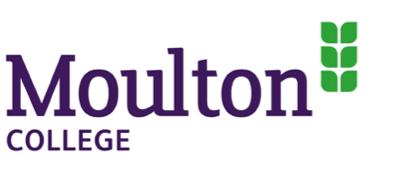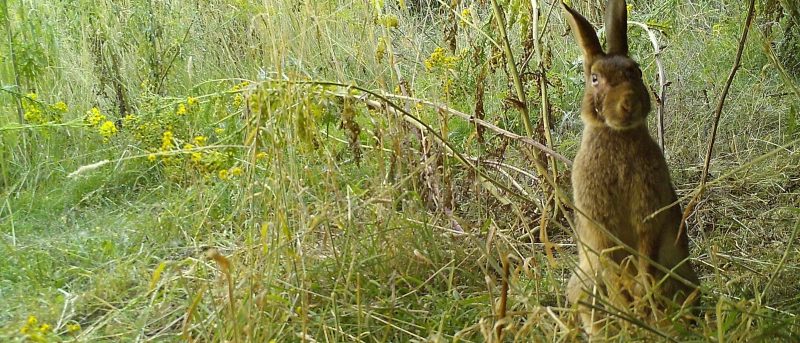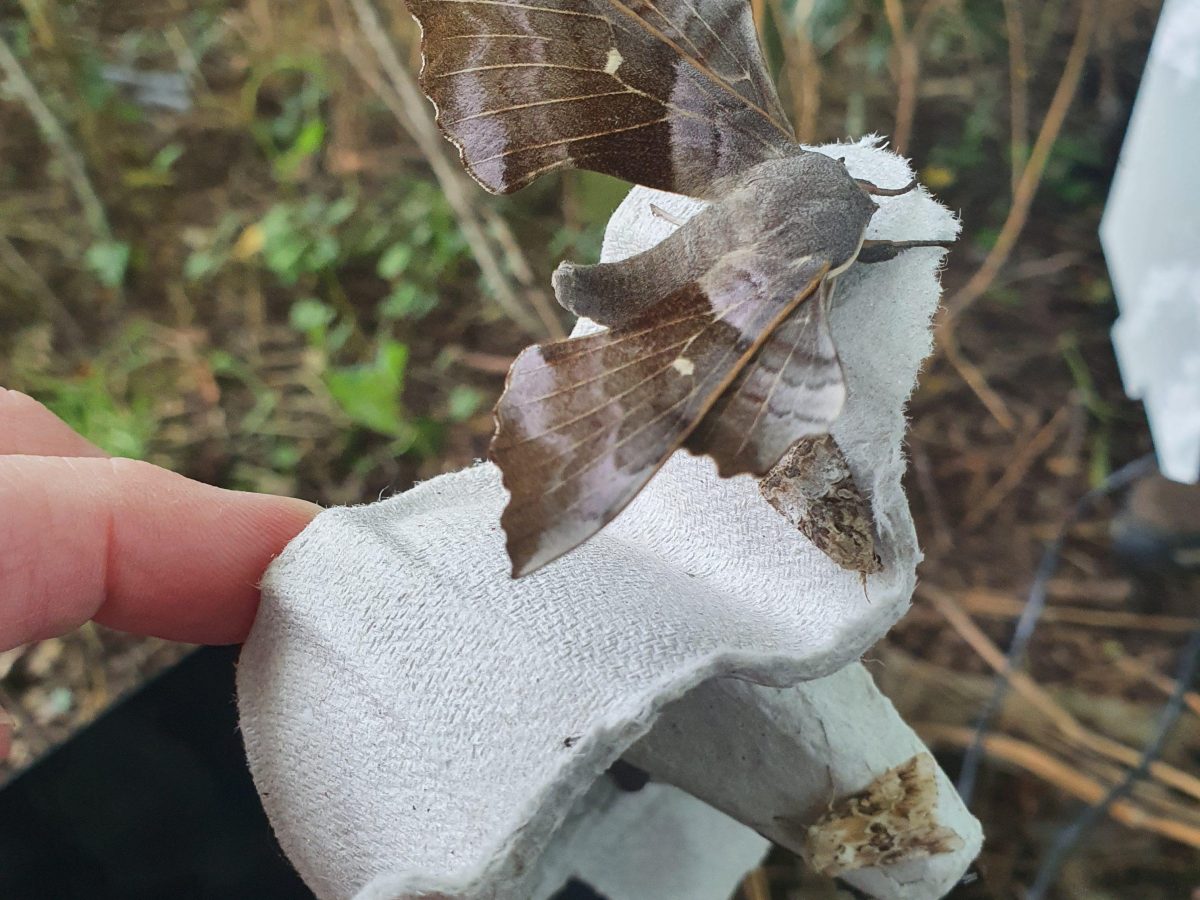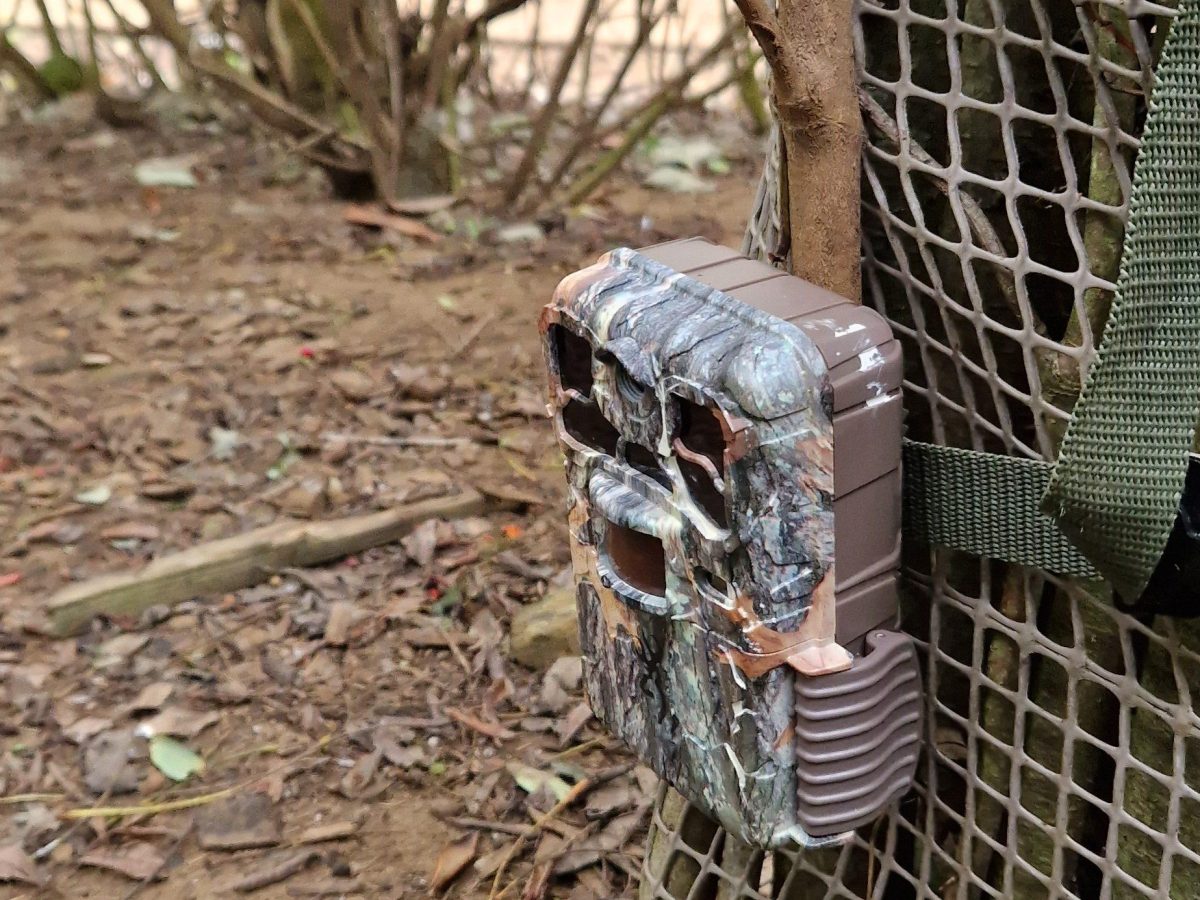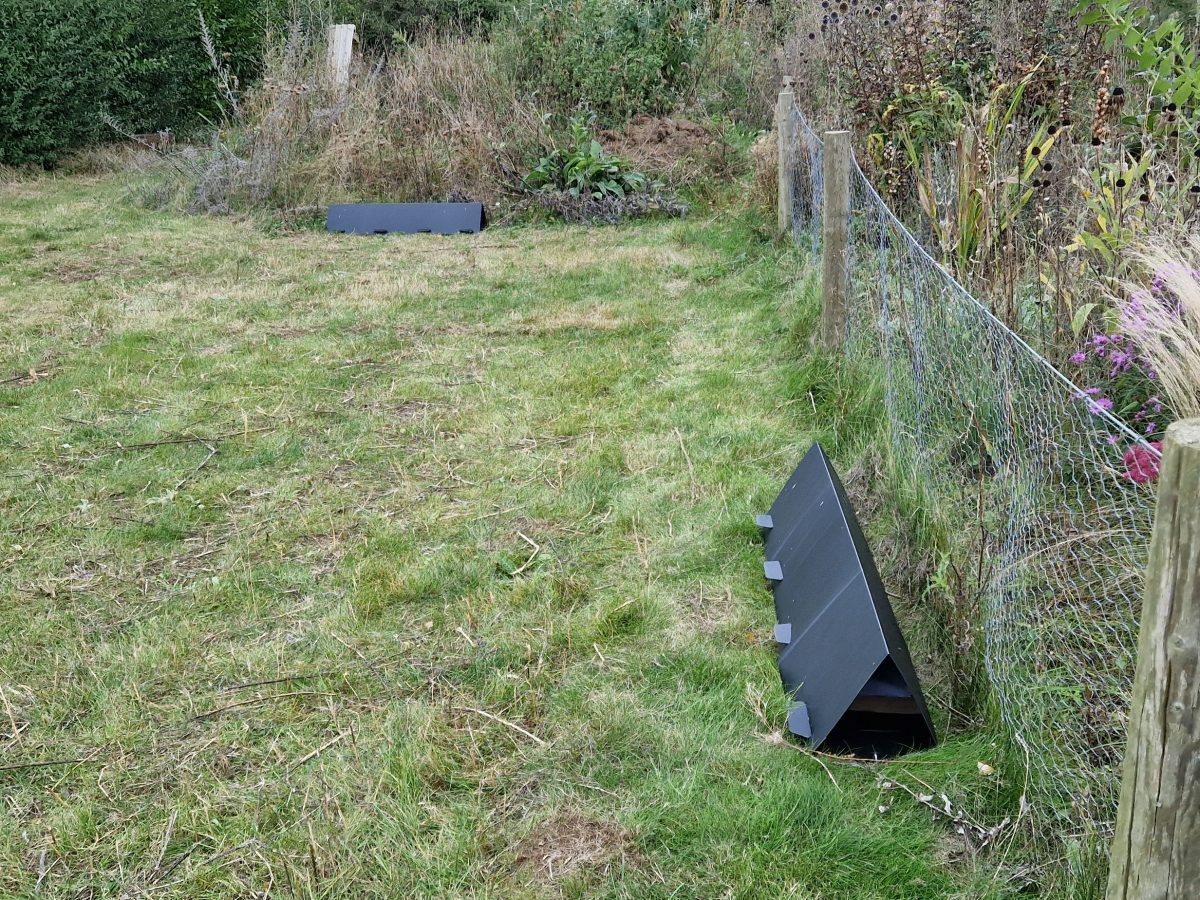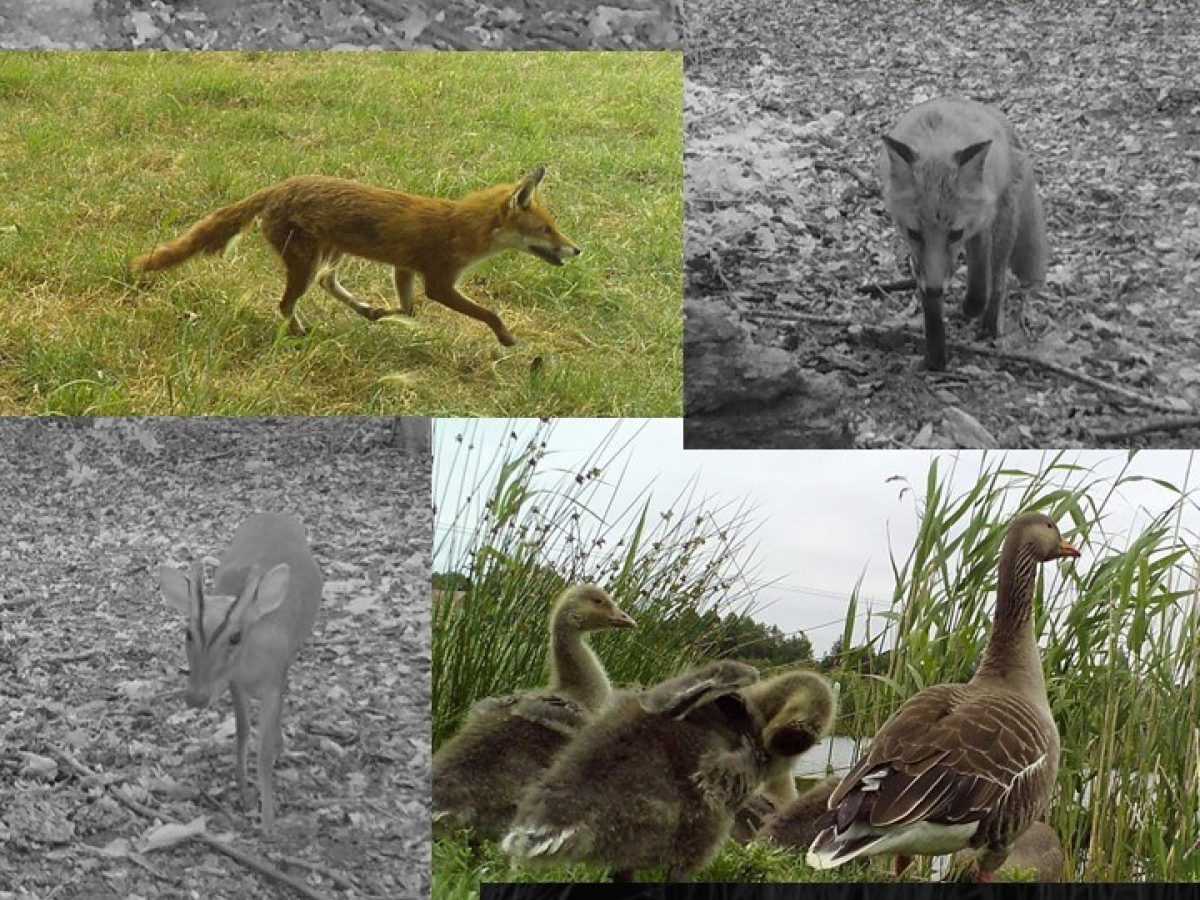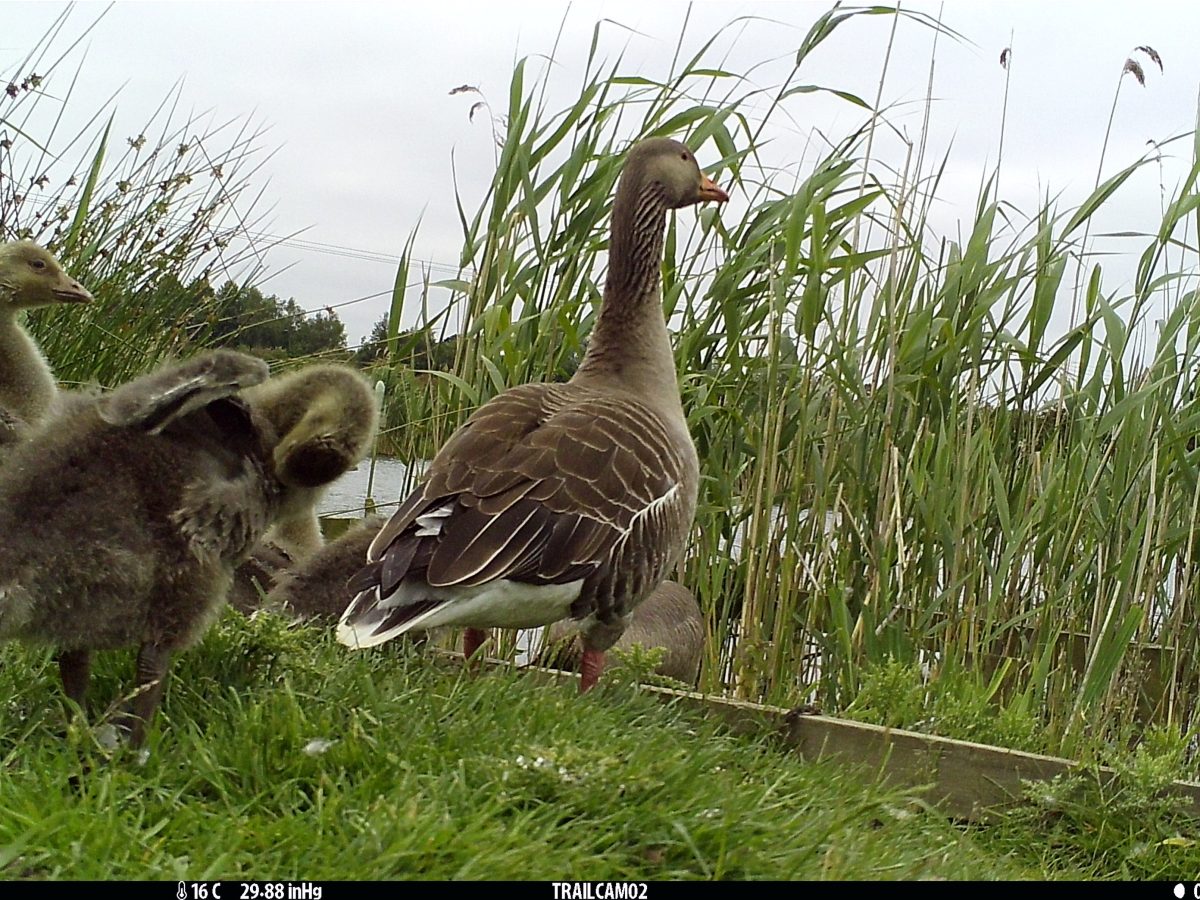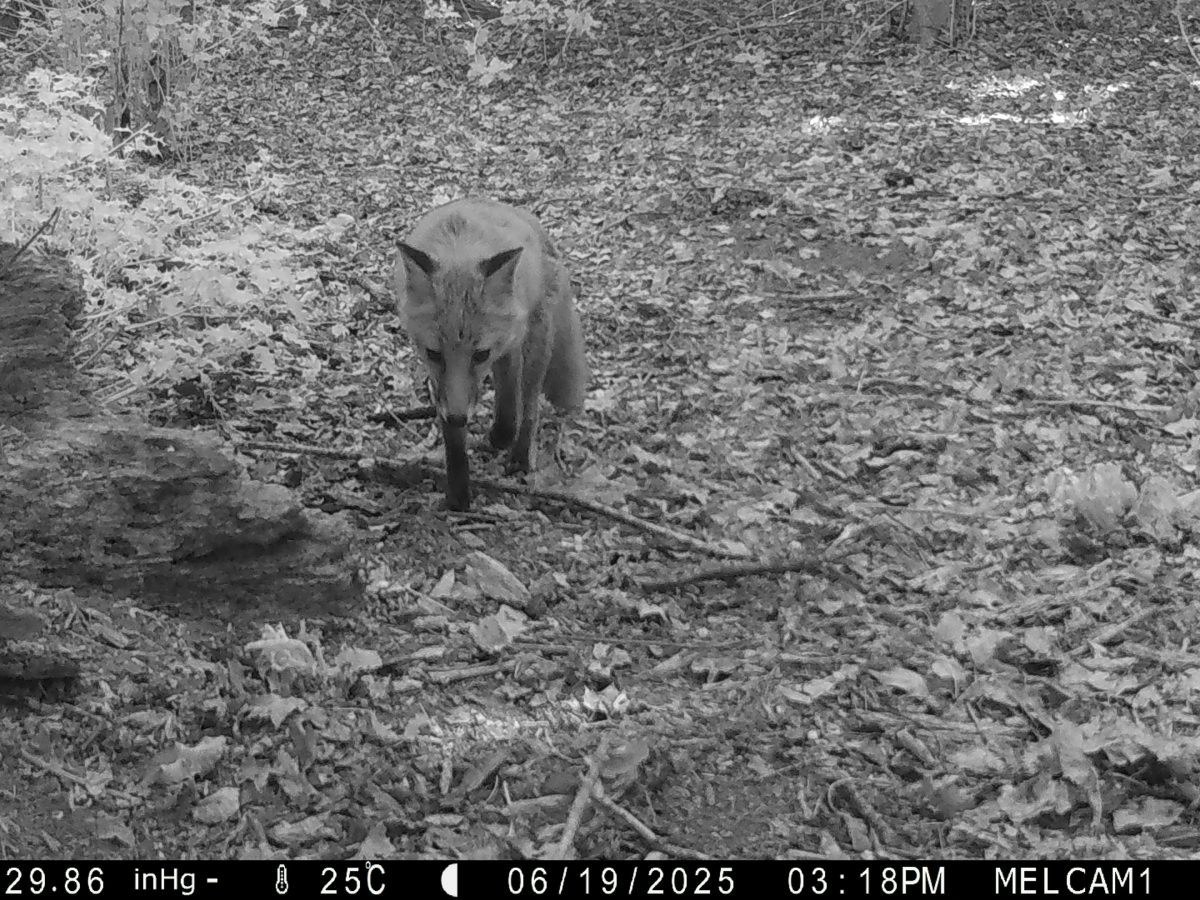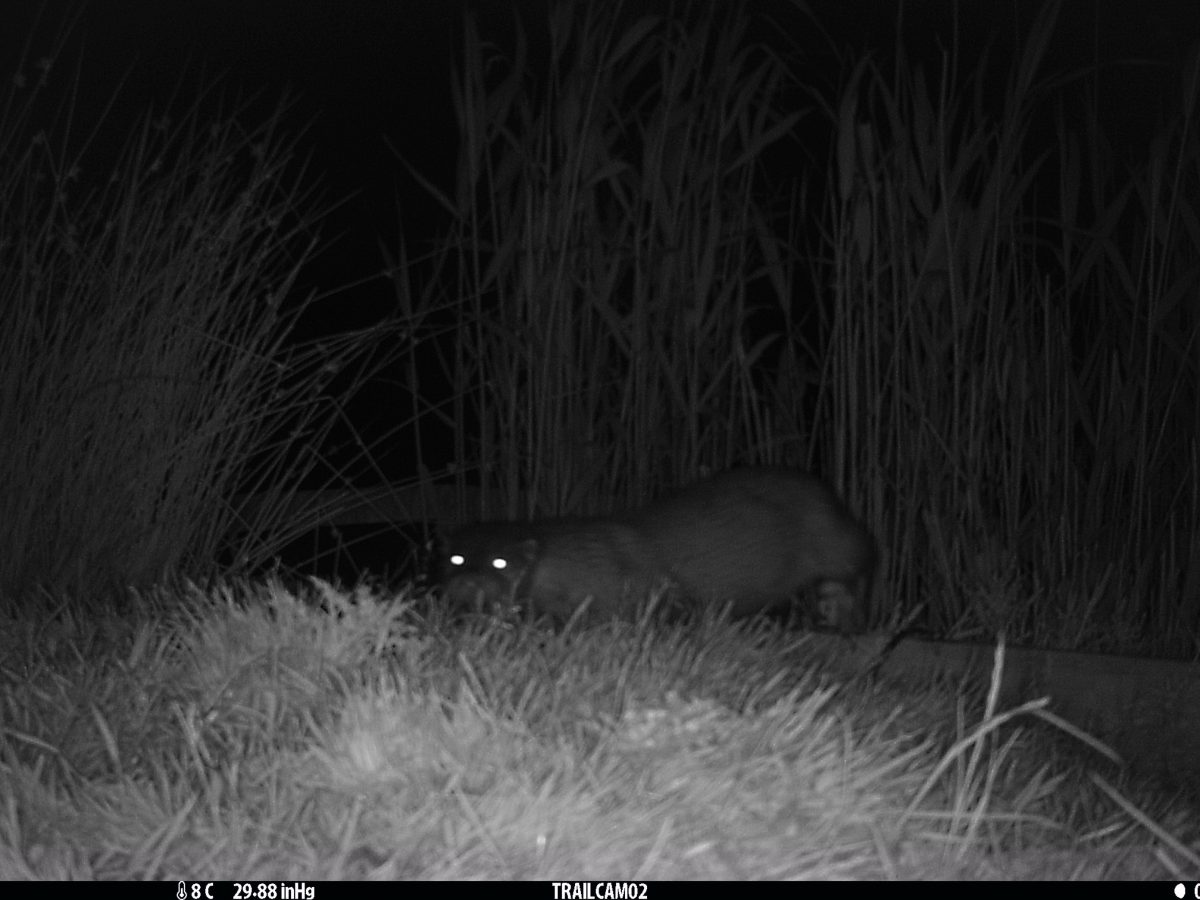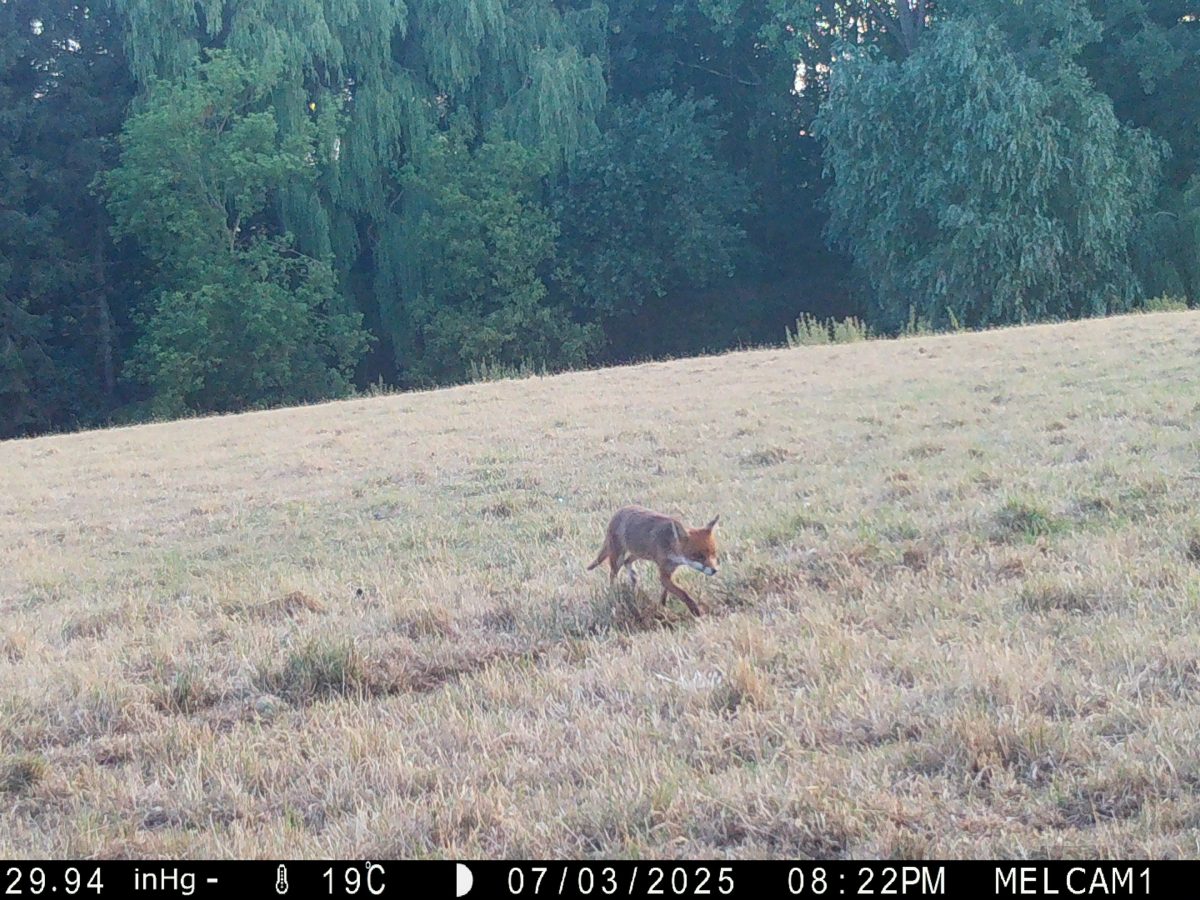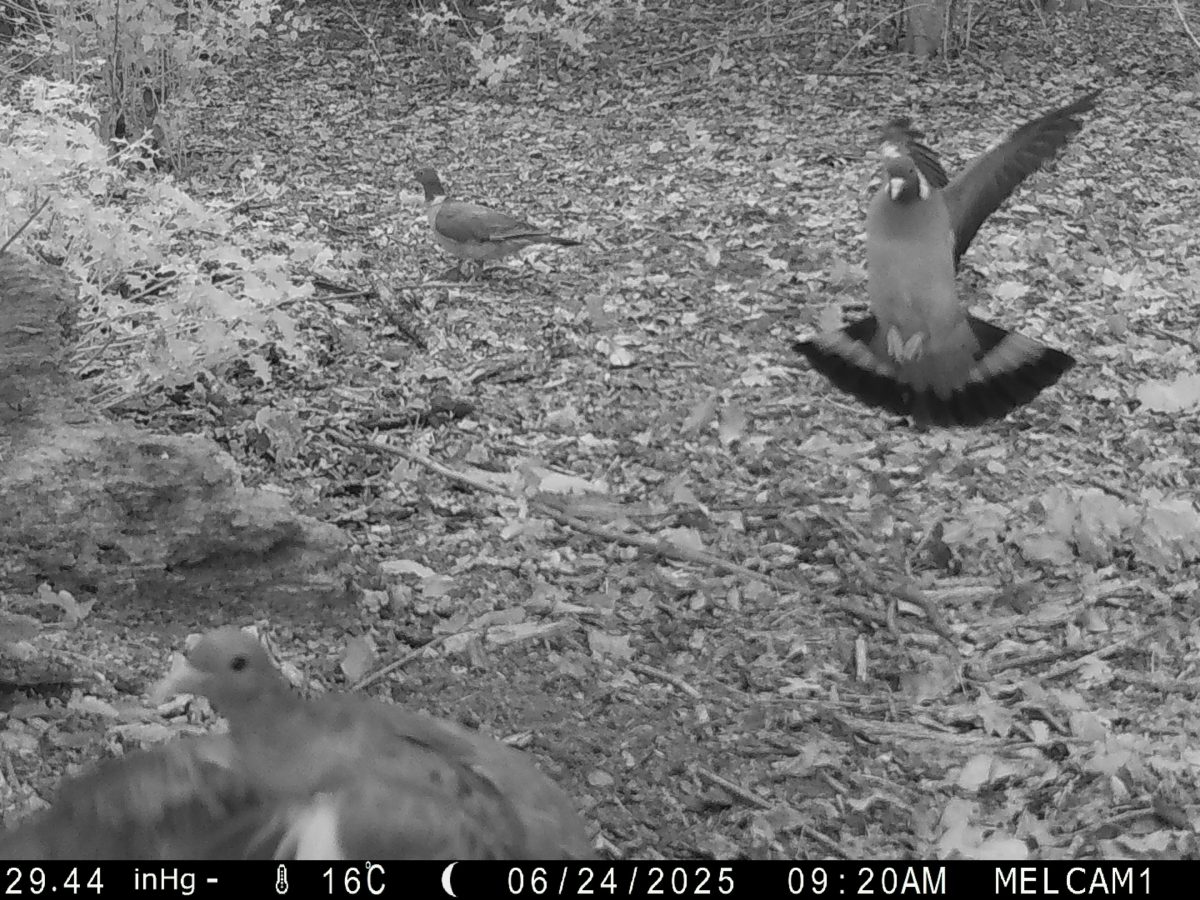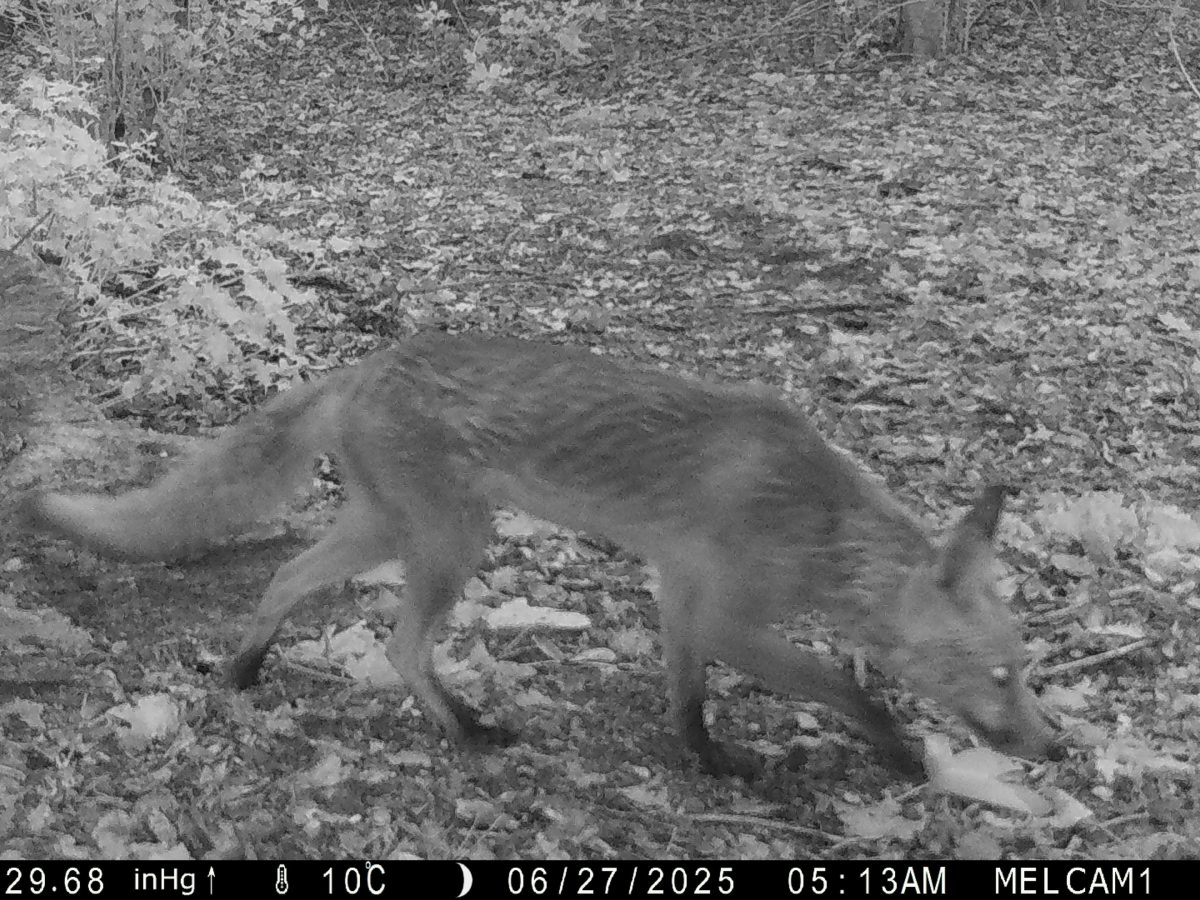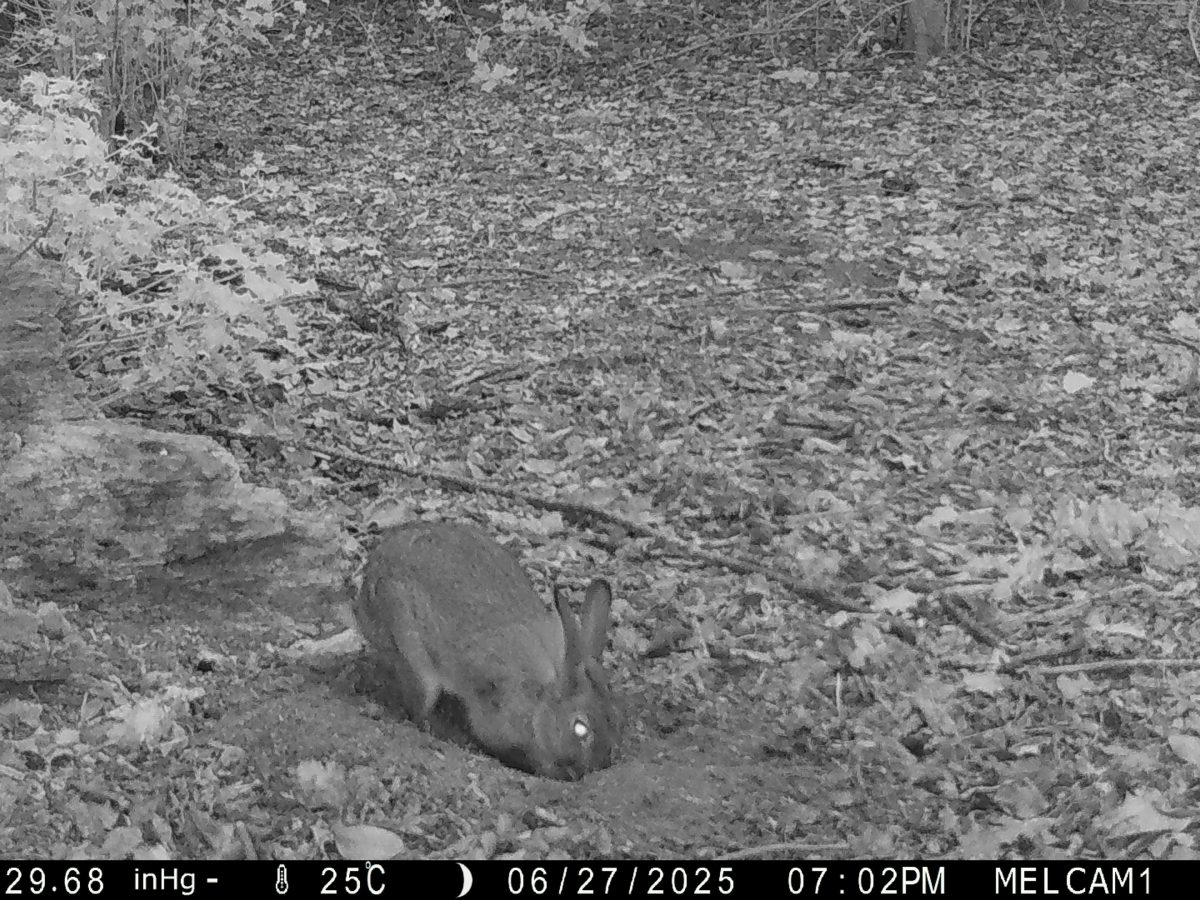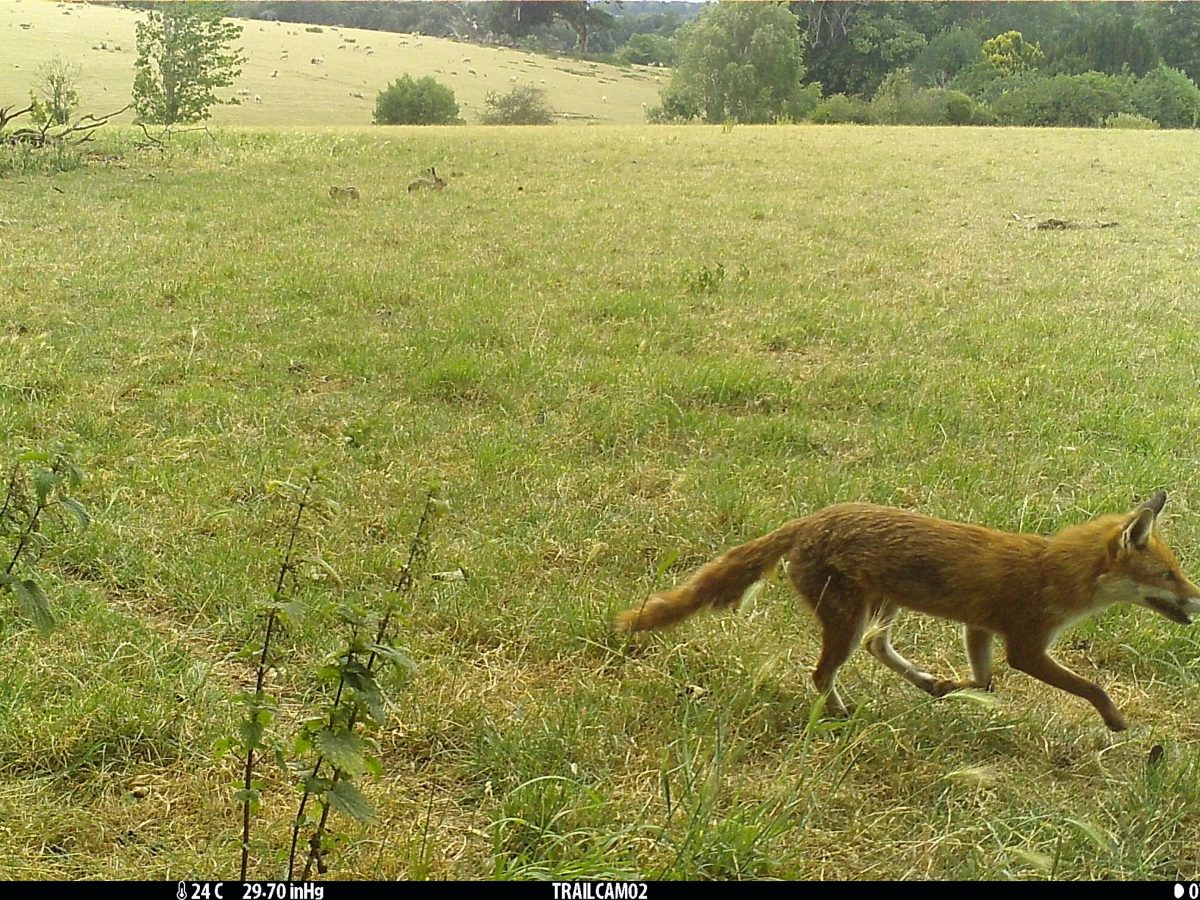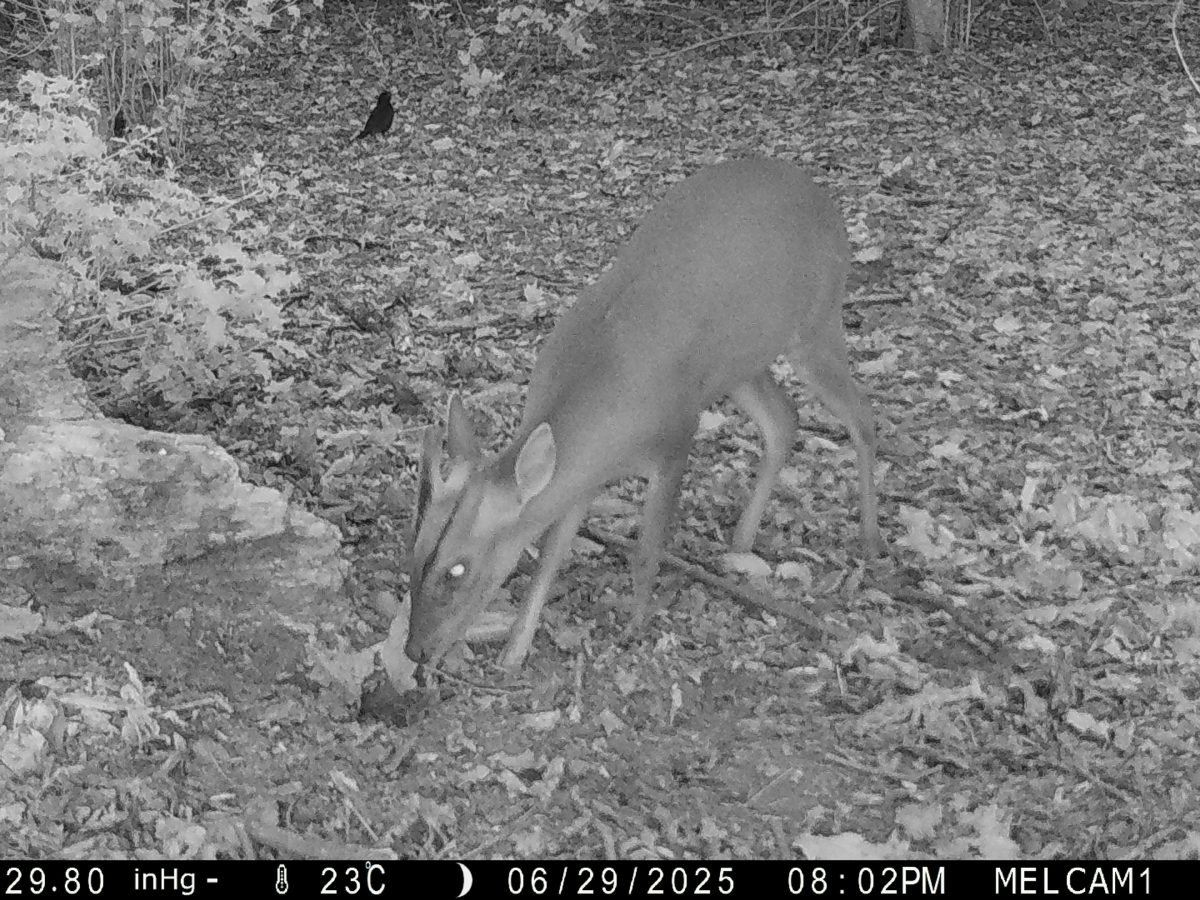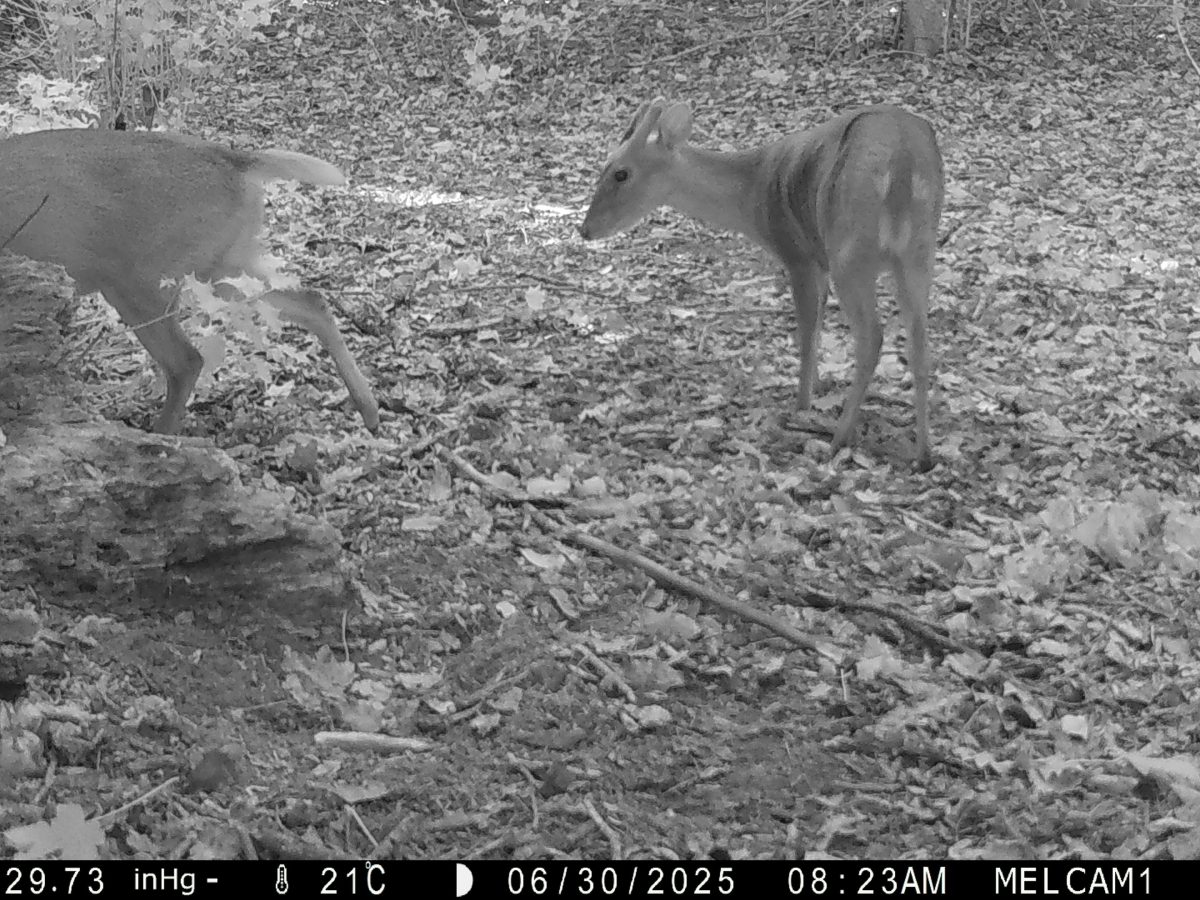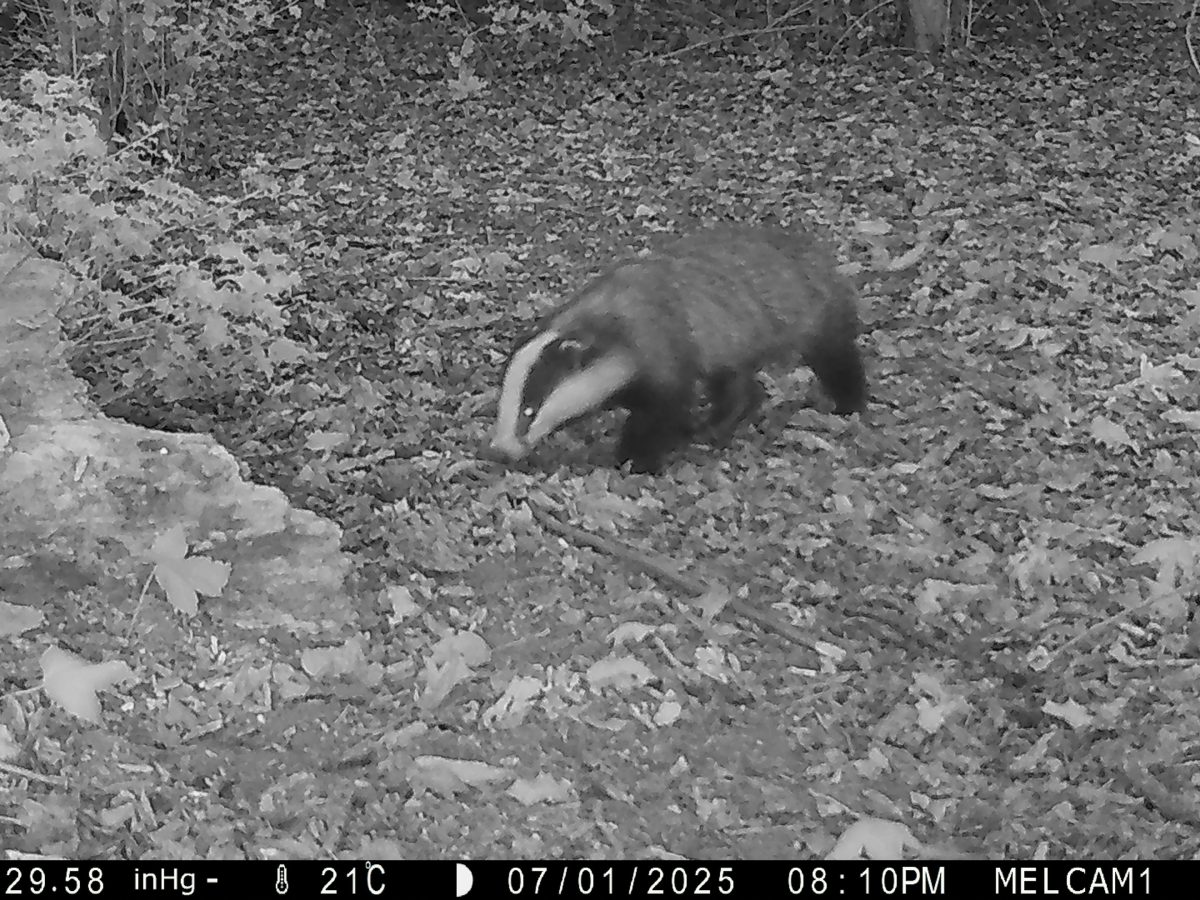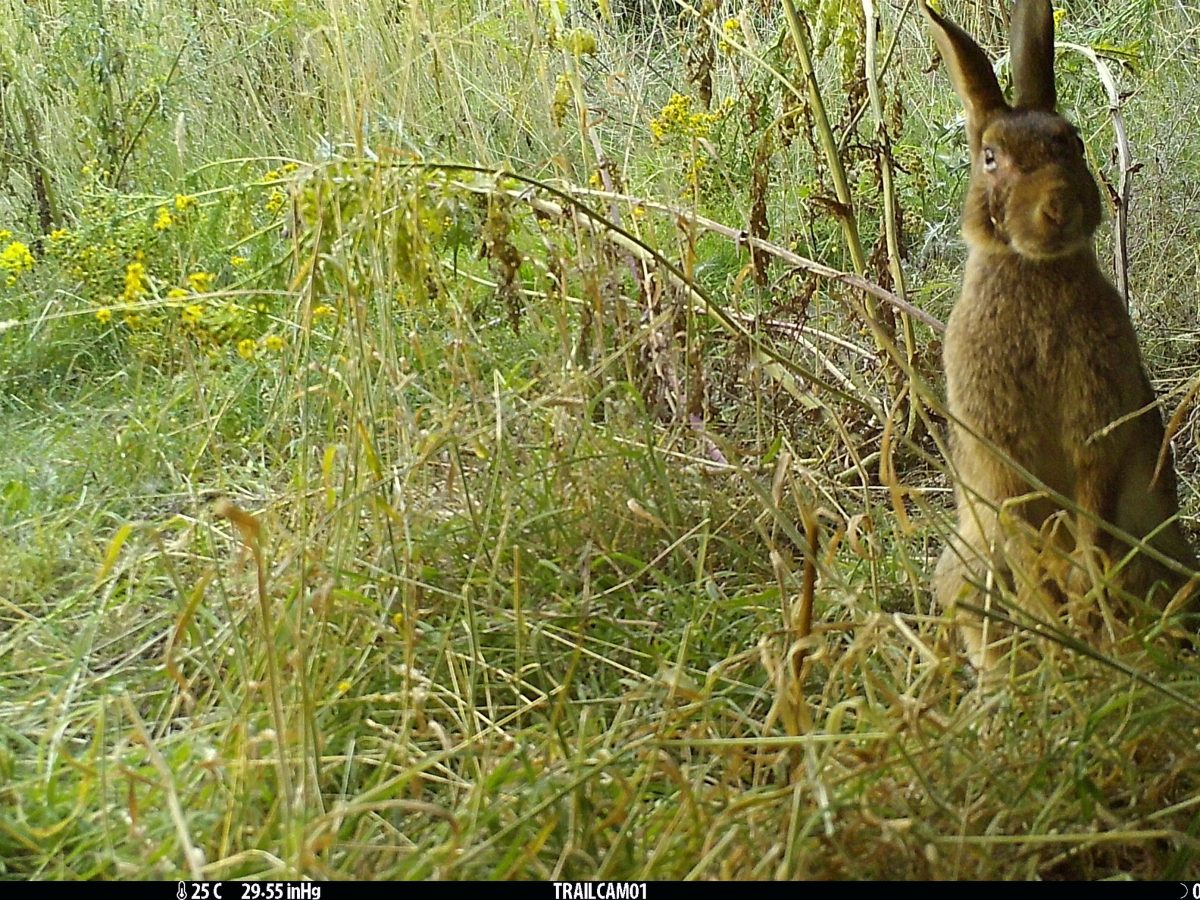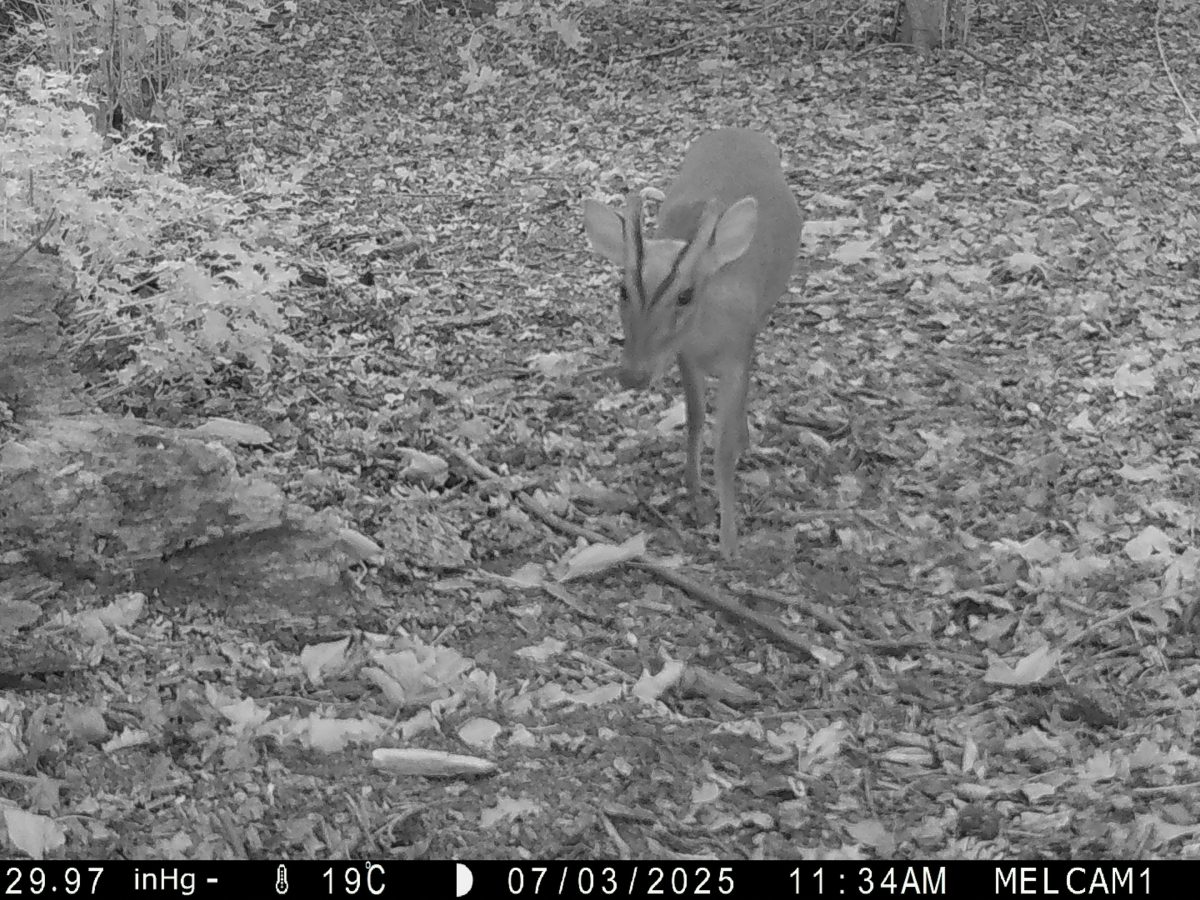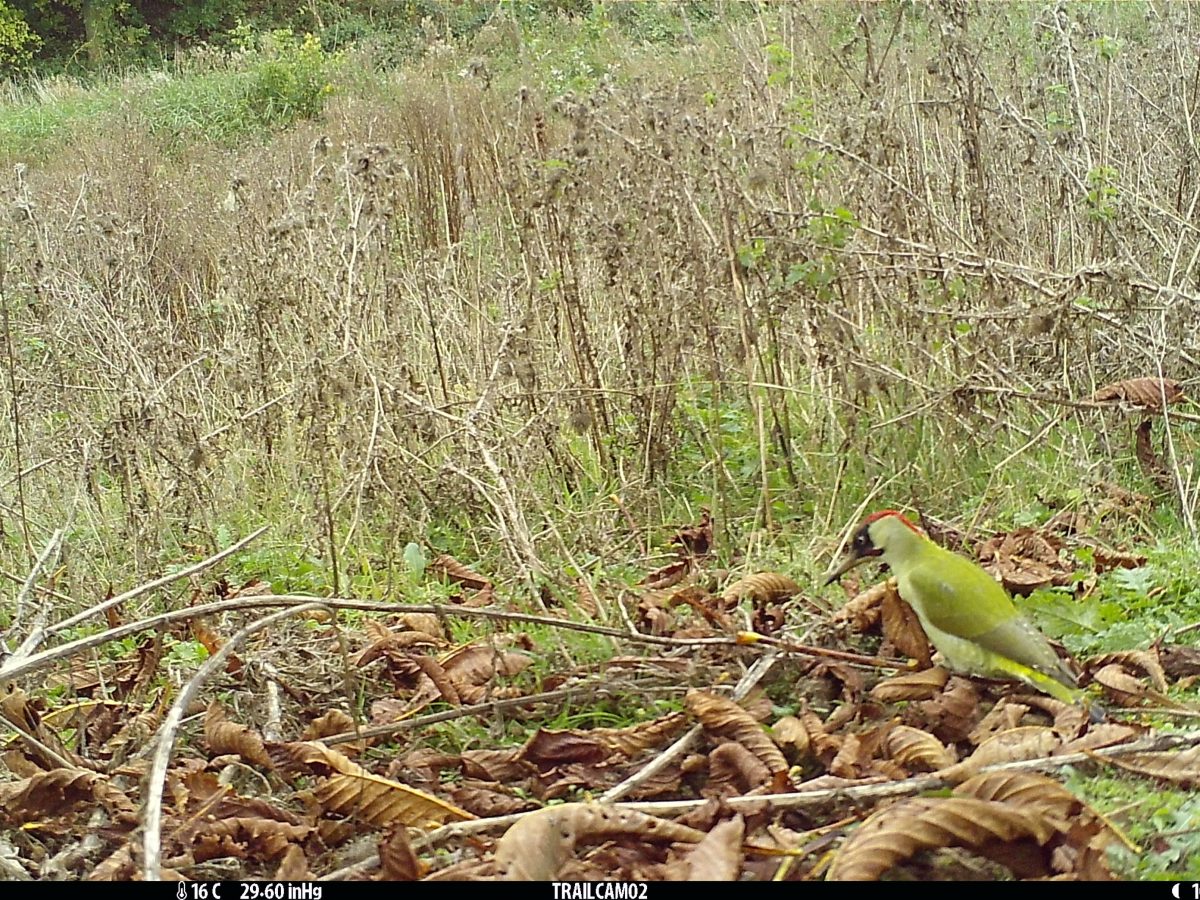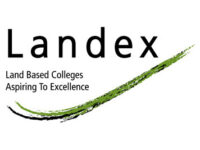Wednesday 10 September 2025
Posted by Mel Reynolds
At Moulton College, biodiversity isn’t just a buzzword, it’s a living, breathing part of our campus and curriculum. Spanning over 456 hectares, our estate is home to a remarkable variety of species, habitats, and student-led research projects that contribute to both ecological health and hands-on education.
A Legacy of Biodiversity Monitoring
Our biodiversity journey began decades ago, with early wildlife surveys dating back to 1983. These historical records laid the foundation for ongoing monitoring, which has evolved through the integration of modern tools like camera traps, footprint tunnels, and ecological software. Despite gaps due to staff turnover, recent efforts have reignited our commitment to biodiversity tracking.
Student-Led Discoveries
From moth light traps to aquatic invertebrate surveys, students in our Animal and Zoology Higher Education programs have played a pivotal role in biodiversity monitoring. Highlights include:
- Bird Surveys (Spring 2025): Students recorded high avian diversity across woodland, farmland, and even anthropogenic areas, using apps and statistical tools to analyse species richness.
- Aquatic Surveys: Kick sampling revealed rich invertebrate communities in both stream and pond habitats, with detritivores forming the backbone of local food webs.
- Mini Farm & Arboretum Project: Students proposed habitat enhancements like wildflower strips, log piles, and wetland patches to boost biodiversity near the college entrance.
What We Found
Our species records span over 250 plant species, 200+ invertebrates, 50 birds, and 30 mammals including several species with high conservation status (Table 1).
Table 1: Species with high conservation value spotted on the campus in the last five years
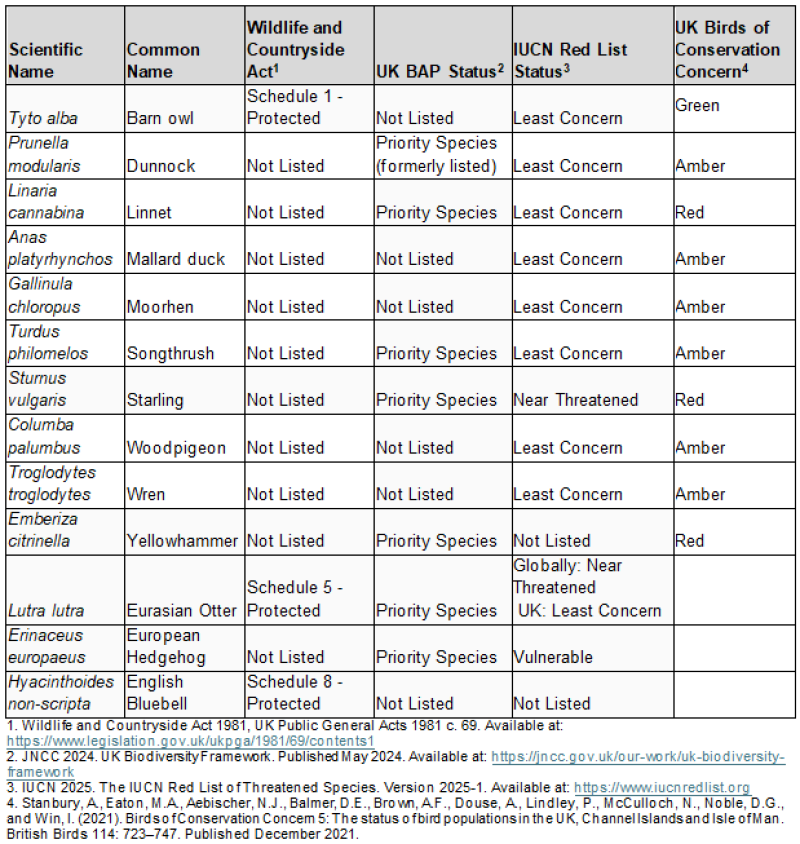
Challenges & Opportunities
Balancing scientific rigour with educational goals presents unique challenges. Variability in survey methods, limited access to specialist equipment, and seasonal constraints all impact data quality.
However, these hurdles also offer learning opportunities and underscore the need for a centralised biodiversity database and standardised protocols.
Looking Ahead
We’re committed to enhancing biodiversity through:
- A central reporting system (e.g., Microsoft Forms or iRecord)
- Biodiversity champions within our Sustainability Pillar
- Updated habitat mapping e.g. UKHab and targeted species surveys
- Rewilding projects with student involvement
These steps align with our goal of becoming carbon neutral by 2030 and reinforce our role as a hub for sustainability-focused education.
